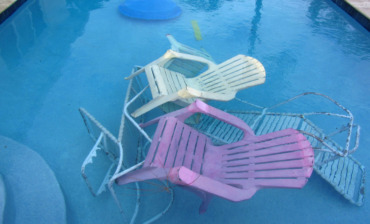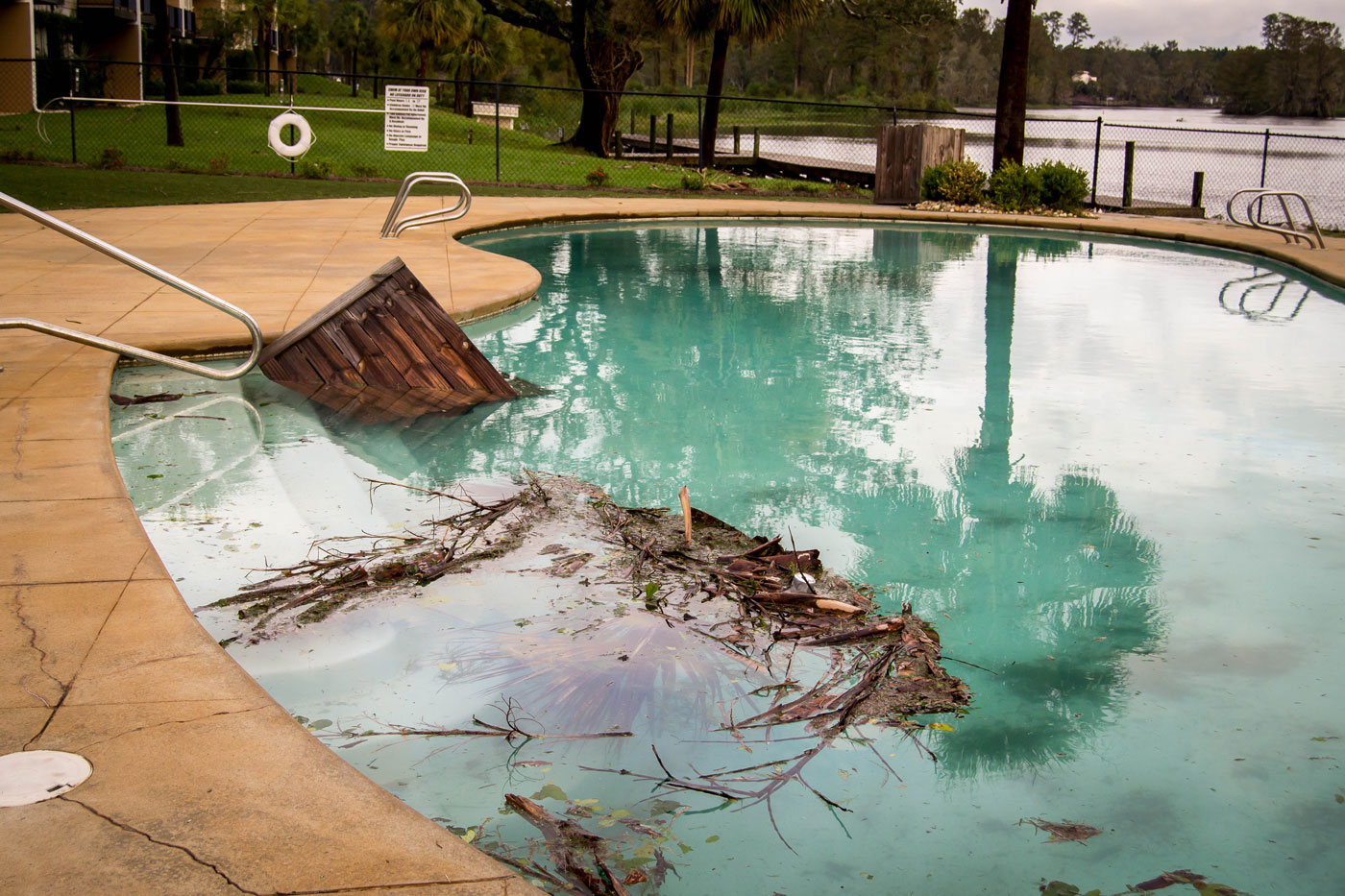Scientists believe that a combination of geographic and atmospheric variables helps explain why hurricanes never seem to draw a bead on Sarasota. Local folklore, on the other hand, suggests our good fortune at avoiding “the big one” is the result of an old Indian blessing.
Whichever is the case, Hurricane Ian apparently didn’t get the memo before roaring ashore near Cayo Costa Island—in Southwest Florida—on September 28, 2022. Not a direct hit on Sarasota, mind you, but close enough for the large and powerful storm to deliver a sobering wake-up call. At landfall, Ian was blowing just a notch below Category 5, the highest possible intensity on the Saffir-Simpson Hurricane Wind Scale. The costliest storm in Florida history, Ian came just five years after Hurricane Irma conducted a similar strafing of the region.
So much for being blessed.
 Hurricane season, which officially runs from June 1st through November 30th, is too often met with yawns of indifference, especially by those who believe Sarasota is somehow untouchable. After Irma and Ian, however, people are paying attention again.
Hurricane season, which officially runs from June 1st through November 30th, is too often met with yawns of indifference, especially by those who believe Sarasota is somehow untouchable. After Irma and Ian, however, people are paying attention again.
In the days leading up to each new hurricane season, virtually every local newspaper and television station, as well as the State of Florida, issue guides to help you organize and prepare for the big storm. As an additional incentive, the State of Florida offers a pair of tax-free weekends on hurricane-related supplies; one at the start of each season, then a second as peak season approaches.
Often missing from the literature—or buried deep inside—is how to prepare your swimming pool for the big storm. Here then are some pool-specific guidelines to add to your hurricane readiness plan:
Things to do before a hurricane threatens:
- Remove all dead or overhanging tree branches that could damage your pool and property if they came down in a storm. Do this NOW, while there’s plenty of time, the weather is calm, and the prices are right. After the storm you will likely pay top dollar and experience a lengthy wait. (For many of us, Hurricane Ian already trimmed our trees!)
- Assess your need for hurricane supplies BEFORE a storm threatens. Then act! The last things you need with a storm closing in are the chaos, confusion, long lines and short tempers at hardware, pool, and home improvement stores.
As the storm closes in:
- A day or two before the storm’s arrival, add extra chlorine to the pool and let the pump run as much as possible to keep it circulating. Then just before the storm arrives, turn off all power to the pump at the circuit breaker. If your pool is heated by gas, shut it off at the main valve.
Fair warning: Be sure to stock up on pool chemicals as you may need to “shock” your pool again after the storm. Remember, it could easily be many days before electricity is restored to your property.
- Water and electricity don’t mix. If there’s a chance your electric pool pump could become wet or submerged, shut off power at the breaker and wrap the exposed equipment with a waterproof covering.
- If your pool has a screened cage, you may want to consider removing a panel of screen from each side to allow wind to pass through more easily, thus reducing the potential for damage to the structure. Most screen comes off easily by removing the rubber spline that holds it in place.
- Stow your pool furniture in a safe place, as well as any other poolside objects that could become dangerous projectiles in a storm. Similarly, remove automatic pool cleaners, solar blankets and pool covers, and store them inside. There should be nothing in or around the pool once the wind picks up.
Fair warning: Disregard any advice to toss your patio furniture into the pool for safekeeping. It’s a tempting idea, especially if you are short on time and storage space. In fact, your pool furniture could be damaged by the high concentration of chlorine in the water; or do damage to your pool’s surface on the way down (especially vinyl-lined or fiberglass pools). Plus, it can be a real challenge to fish it out after the storm. Better to stow it in the garage or take it inside. If neither option is available, tie it down as securely as possible.
- If you remove and stow your pool’s child safety fence, make sure no children, pets, or non-swimmers venture near the pool until the fence is back in place.
Fair warning: Do NOT cover the pool. High winds could easily rip it (and its fasteners) from the pool deck, damaging both in the process.
- Most pools are engineered to efficiently drain excess rainwater. However, hurricanes promise massive amounts of rain in a relatively short time. Thus, you may want to lower your pool level before the storm to accommodate the expected deluge. But NEVER drain it below the level of the skimmer, lest air infiltrate the intake pipes and damage the pump.
Fair warning: Never empty the pool completely, as excessive rain and saturated soil could cause an empty pool to shift or rise out of the ground. The very weight of its water is what will hold your pool in place during a heavy rain event.
After the storm passes:
- Once winds have subsided and the storm has moved on, make sure your surroundings are safe before venturing out to assess the aftermath. Hidden hazards, such as live wires, sharp objects and displaced wildlife could be anywhere amid the storm debris and standing water.
- Remove any leaves or debris from the pool that could clog your filter’s intake pipes. Be sure to always wear shoes and gloves as nails, broken glass and other sharp objects could be lurking anywhere.
- Make sure the storm didn’t punch holes in the screen or break any doors, gates, fences, or otherwise create an opening that children or pets could slip through to gain access to the pool.
- Once power is restored, be sure to reset any circuit breakers that you turned off before the storm. Assess the filter pump for damage and reset its timer. If the motor became submerged or was exposed to heavy wind, rain, flying sand or dirt it should be completely dried and cleaned professionally before using again.
- Make sure the water level is restored to its proper level and that all appropriate valves are open before resuming use of the pump.
- That a large volume of rainwater found its way into the pool while the pump was down means you will probably need to super-chlorinate again. For best results, have the water tested before deciding your next steps.


Comments